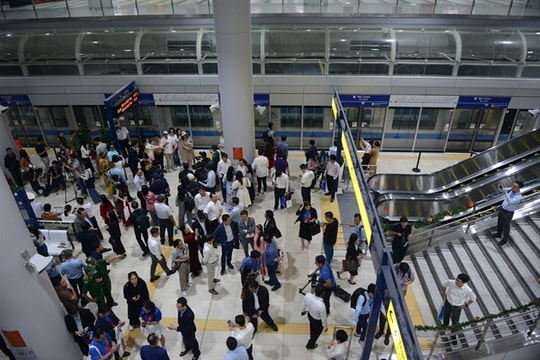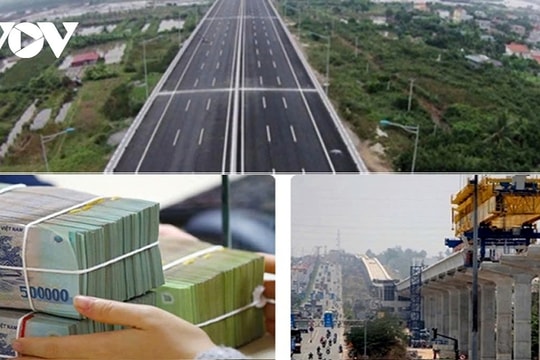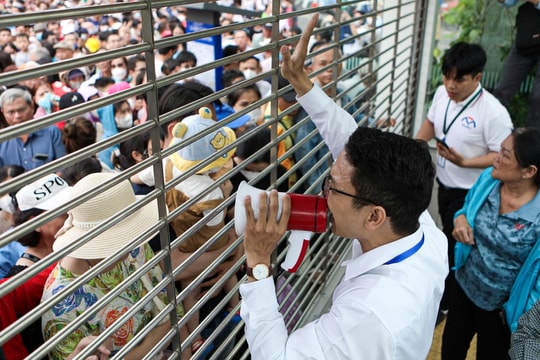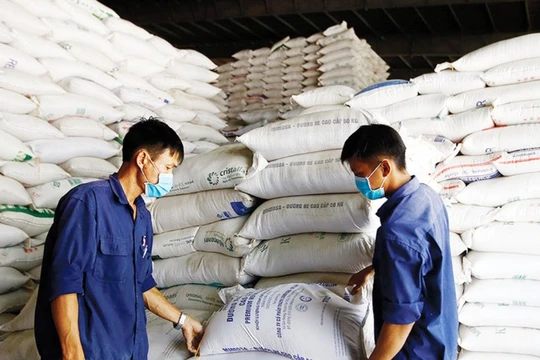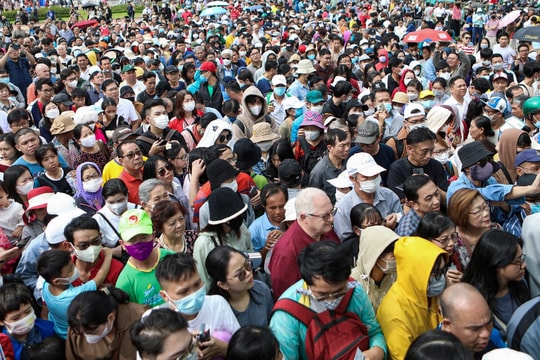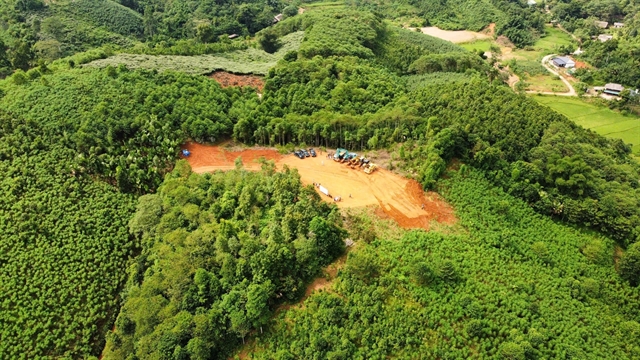 |
| A resettlement area for local residents in Làng Nủ Village, which was swept away by flash floods during Typhoon Yagi in Lào Cai Province.— VNA/VNS Photo |
HÀ NỘI — In light of climate change and the increasing frequency of extreme weather phenomenon, relevant ministries must consider appropriate models for housing and educational facilities in disaster-prone areas to mitigate damage and enhance disaster response capabilities.
Following the terrible losses from Typhoon Yagi, Trần Ngọc Chính, President of the Việt Nam Urban Planning and Development Association, said the relevant ministries had to reassess devastated regions, investigate direct and indirect causes of landslides and flash floods and identify suitable places for constructing local settlements.
The planning of resettlement zones in mountainous regions would require the involvement of multiple ministries.
“The selection of village construction sites must adhere to a clear perspective that the locations would avoid flash floods and mudslides,” he said.
Furthermore, the sites must provide adequate living conditions, including access to water, electricity, schools, healthcare facilities and transport links.
When selecting a resettlement site, the Ministry of Construction had to consider the scale of development, current and future land area and reserve land.
Meanwhile, the Ministry of Agriculture and Rural Development should address not only housing, but also employment opportunities for residents, he added.
Vice principal of Nguyễn Trãi University, Ngô Doãn Đức, told the Voice of Việt Nam (VoV) online newspaper that to prevent and minimise human casualties caused by extreme weather, the involvement of specialised agencies alongside local authorities was essential.
A comprehensive assessment of the safety levels of existing residential areas should be conducted, with plans for evacuation for villages at risk.
The State and local authorities were responsible for planning and constructing housing for ethnic minorities and regions vulnerable to natural disasters.
In addition to selecting locations for residential settlements, the design and construction of homes should enhance traditional architectural styles while adapting to local geographical and climatic conditions.
“We should appreciate the traditional structures that local communities have inhabited for generations,” he said.
Many residents lived in stilt houses situated on uneven or steep terrain. Flattening the areas might disrupt the natural landscape. Additionally stilt houses offered more living space and could be resilient to local flooding.
“It’s essential to modernise the traditional homes scientifically to ensure stability and comfort,” he said.
Regarding building materials for homes in the northern mountainous areas at risk of landslides and flash floods, Thái Văn Sâm, Deputy Chairman and General Secretary of the Việt Nam Associations for Building Materials, said that using materials like bamboo and wood did not ensure the sturdiness required to withstand natural disasters.
If conditions permitted, houses should be constructed with reinforced concrete frames, while walls and partitions could be made from non-fired building materials, such as concrete blocks and panel systems.
If opting for a flat roof, it must be solid, otherwise, fibre cement should be used.
There were now many types of non-fired building materials available that comply with regulations, he said.
Chief of the Office of the Việt Nam Association of Architects, Phạm Thanh Tùng, said climate change was complex and Việt Nam still lacked appropriate response strategies for it.
The country was advised to make the planning and positioning of housing for communities in mountainous areas, particularly concerning safety risks.
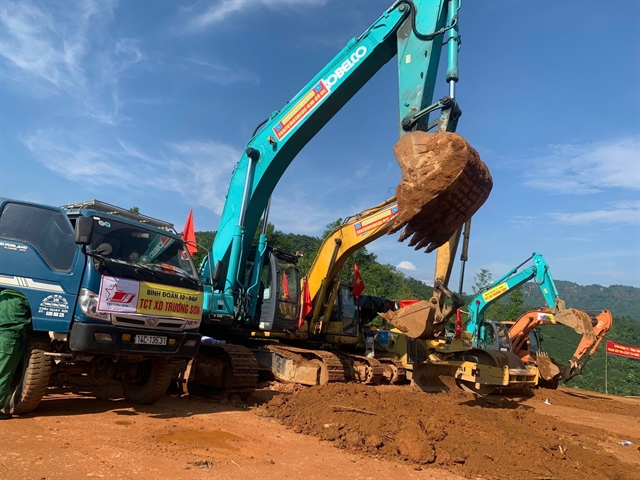 |
| Construction of the resettlement area for local residents in Làng Nủ Village, which was swept away by flash floods during Typhoon Yagi, is launched on Saturday in Lào Cai Province. — VNA/VNS Photo |
The planning must be based on geological conditions and involve geotechnical engineers, architects and environmental specialists, he said.
Experts also emphasised that the selection of land for constructing villages must be conducted systematically and scientifically.
Establishing a Housing Council for ethnic minorities was crucial, involving geologists, planners, architects and meteorological experts.
Based on geological and technical studies of each area and analyses of climatic, hydrological and water resource conditions, the housing council should compile a list of potential sites, detailling their advantages and disadvantages.
Using a scoring system, local authorities could identify the optimal site for residential planning, prioritising the safety of residents.
The planning framework must prohibit developments that pose a risk to public safety, such as mining sites or waste disposal areas.
From a policy perspective, the Ministry of Construction should review and refine building standards and regulations for housing, particularly in disaster-prone areas.
The standards were required to account for climate change adaptation and disaster resilience.
Depending on local conditions, each region should tailor the standards to meet practical needs.
In addition to planning, selecting sites and designing houses that adapt to climate change in the northern mountainous provinces, each locality should also construct safe shelters near residential areas to facilitate emergency evacuations when necessary.
Data revealed that the typhoon resulted in hundreds of thousands of homes being damaged or swept away in the affected provinces.
Lào Cai Province was significantly affected by the typhoon. Statistics show that as of 12 September 2024, nearly 9,200 homes in the province had collapsed or had been swept away, isolating 97 hamlets across 25 communes. Of these, 444 homes were completely destroyed.
In Yên Bái Province, flooding caused damage to over 25,000 homes, with hundreds of families losing their roofs.
— VNS





